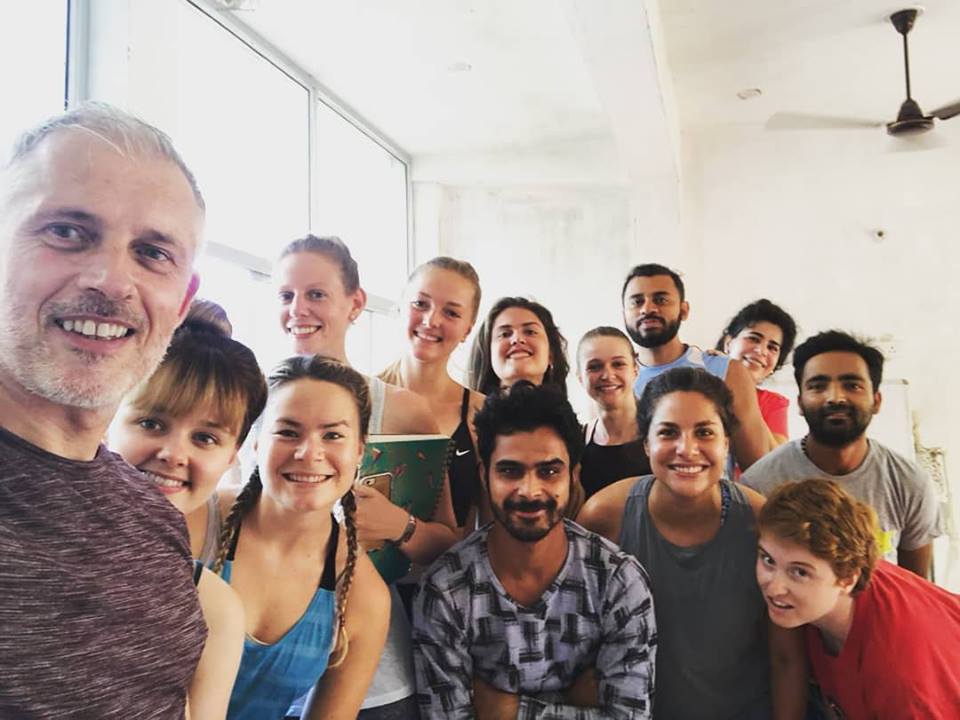300 Hour Yoga Teacher Training India

Stepping up with regards to wind up a 300 RYT exhibit you have made a more profound duty toward self-development and demonstrates your actual commitment to higher learning. We offer a measured Advanced Studies program to offer you the chance to settle on decisions in what motivates you the most, and also some adaptability in planning your coursework. Our 300 Hour Yoga Teacher Training India program causes you to propel your profession, share your insight, reinforce your training and improve believability.
Ashtanga Yoga Teacher Training Certification Rishikesh
Ashtanga Vinyasa Yoga: 200 Hour Yoga Teacher Training Rishikesh – Derived from -Patanjali Yog Sutra
Yog Rishi Patanjali Says:-
This is an art and science of traditional yoga for self-realization. Yoga means “union” of parts of our selves. It is similar our absorption in Samadhi. Sutra means “thread” or “multiple threads” weaved in the tapestry of insight in its plural form.
When Patanjali compiled the yoga sutra, no new systems were created but existing systems were rewritten. These Sutras are thought to be 400 BC, as various evidence suggest. Oral traditions indicate the periods may even longer.
The above practice was done to make “yoga sutra” more understandable, to focus on the practical suggestions on what to do regulate “human mind” so that it can allow a practitioner to attain experience beyond its mind.
OVERVIEW OF YOGA SUTRA :
Yoga has been mentioned in Vedas, Upnishads and Bhagwat Gita etc. Patanjali has provided the very essence of the philosophy and teaching of yoga in a scientific and systematic manner. They are divided into four parts:
- Samadhi Pada
The first chapter provides the purpose and definitions. Various approaches can be used to achieve the objectives.
- Sadhana Pada
The second chapter contains a practical approach to achieving goals of yoga. It provides “eight” limbs of yoga called Ashtanga Yoga (covered below).
- Vibhuti Pada
The third chapter talks about some of the aspects of the super-natural-power, a yogi may be able to adapt.
- Kaivalya Pada
The forth chapter is about the nature of the human mind, mental perception, desires, knowledge, and liberation that may follow is discussed.
ASHTANGA YOGA (8 LIMBS)
- Yamas (self-restraints): These are the guidelines for how to interact with the outside world. There are five Yamas:
- Ahimsa: Non-violence.
- Satya: Truthfulness
- Asteya: Non-stealing
- Brahmacharya: Abstinence
- Aparigraha: Non Coveting
- Niyamas (observance): These are guidelines for self discipline. There are five Niyamas:
- Shocha: Cleanliness
- Santosha: Contentment
- Tapas: Austerity
- Swadhyaya: Study of scriptures and self-study.
- Ishwar Pranidhana: Surrender to God.
- Asanas (posture): These should be comfortable, steady so that a yogi and sit and meditate.
- Pranayama (breath control): It means stretching or expansion of prana (breath control).
- Prathayahara (senses control)
- Dharana (concentration and / or focus): single point object.
- Dhyana (meditation): Uninterrupted floe of mind to the object (divine).
- Samadhi (total absorption): Even self-awareness or mind disappears and only object shines.